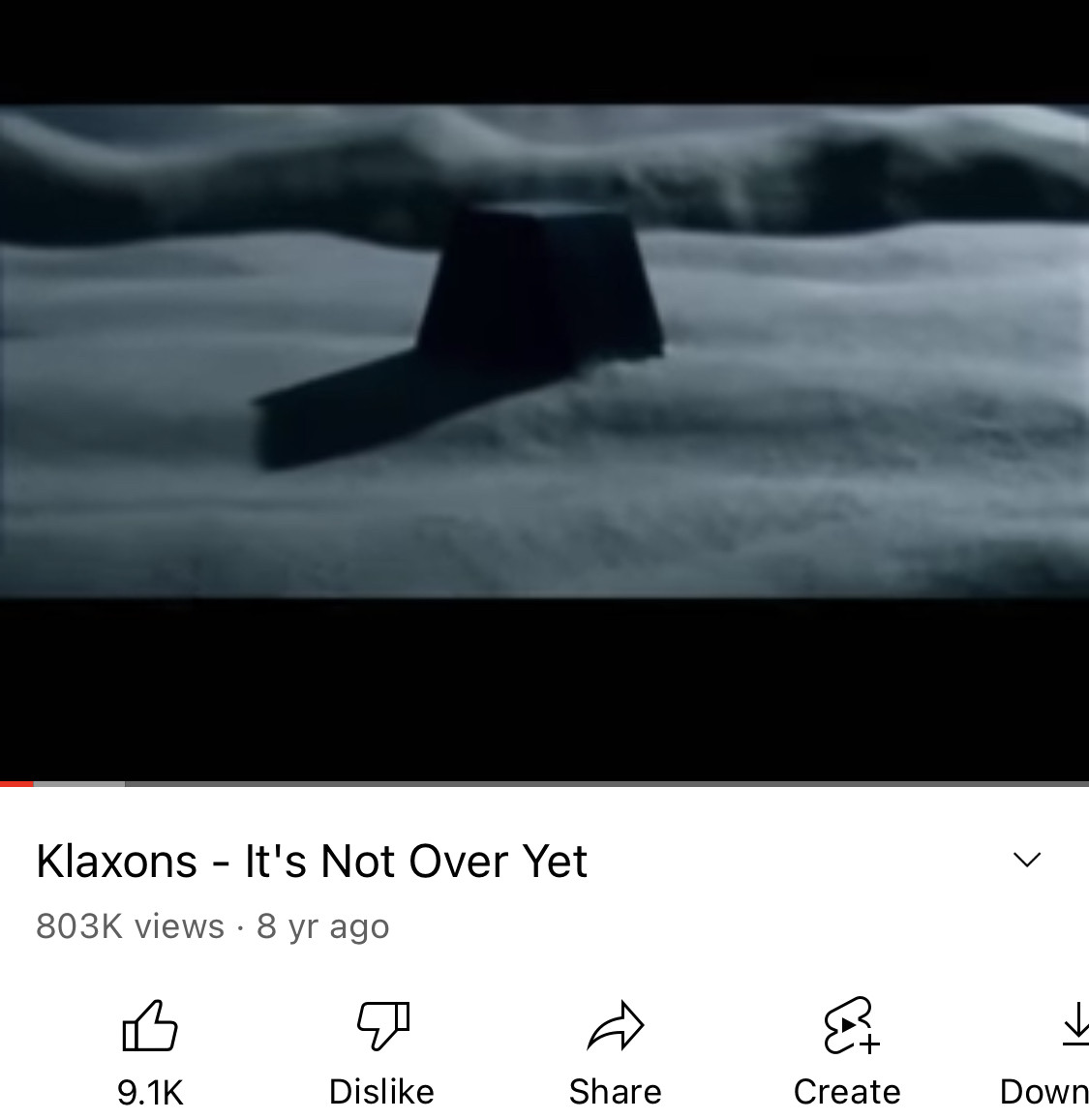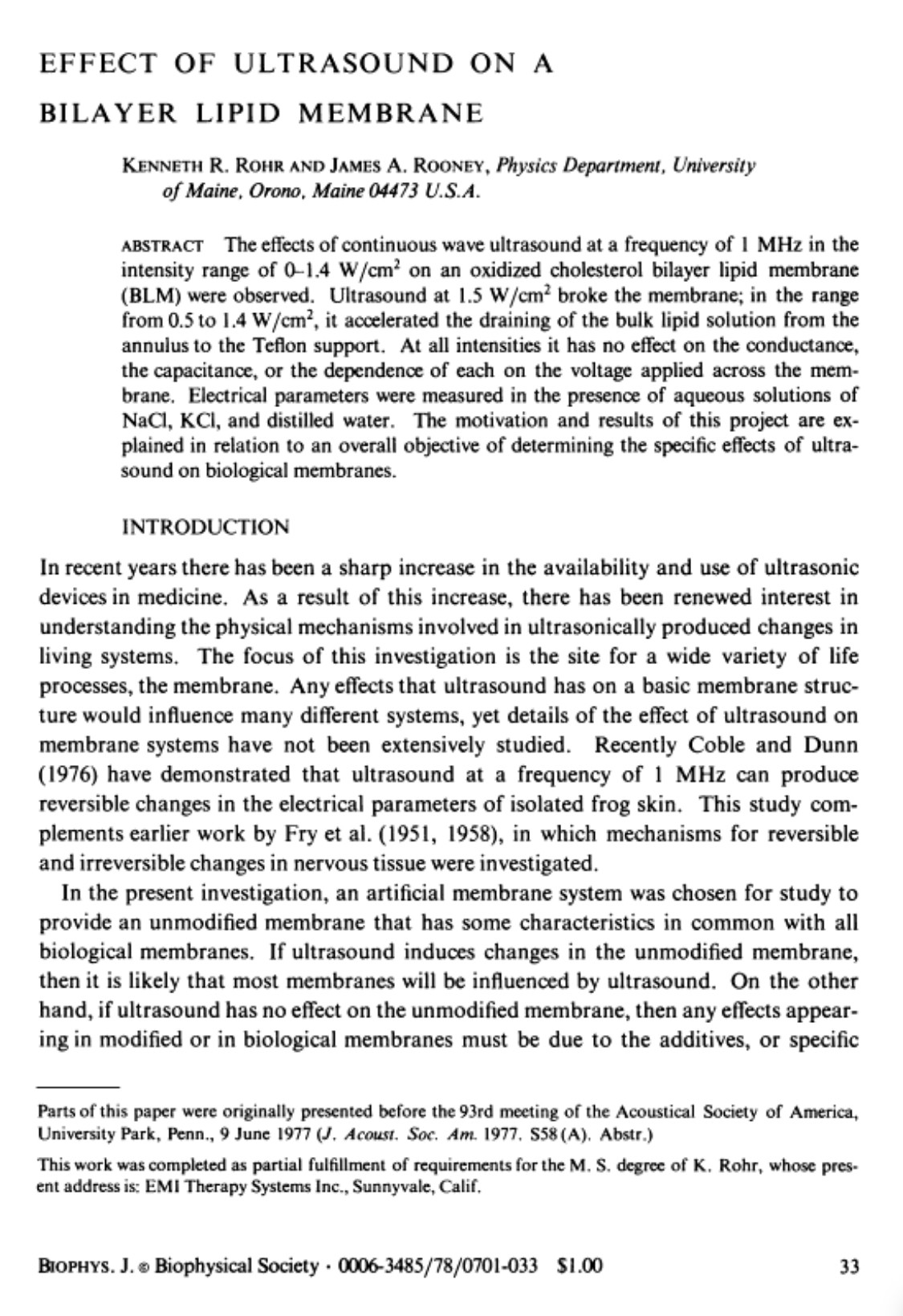Molecules encapsulated in liposomes are better absorbed in skin, compared to conventional formulations.
Would be crazy if they can vaccinate is through our skin via parasites!
Magnetotactic bacteria usually mineralize either iron oxide magnetosomes, which contain crystals of magnetite (Fe3O4), or iron sulfide magnetosomes, which contain crystals of greigite (Fe3S4). Several other iron sulfide minerals have also been identified in iron sulfide magnetosomes—including mackinawite (tetragonal FeS) and a cubic FeS—which are thought to be precursors of Fe3S4. One type of magnetotactic bacterium present at the oxic-anoxic transition zone (OATZ) of the southern basin of the Pettaquamscutt River Estuary, Narragansett, Rhode Island, United States is known to produce both iron oxide and iron sulfide magnetosomes.
🤥👈🏻
Indeed, coronaviruses are known to make use of lipids as target cell entry receptors, and as factors in viral replication complex synthesis and formation. Moreover, a recent study showed that small molecules such as sterols and cyclo- dextrin may disrupt the lipid-dependent attachment of the virus to host cells, and as such may reduce the infectivity of the SARS-CoV-2.6 One possible aspect of these observations that has yet to be explored in detail is what role arthropods that have been associated with human skin infestation, such as Demodecidae or Pyemotidae species, play in viral transmission. These arthropods share a common polymer, chitin, as an integral part of their exoskeletons. Chitin and chitosan, the enzymatic product of chitin produced through bacterial degrada- tion, have unique properties that have stimulated interest in their pos- sible biomedical applications. They are both non-toxic, biodegradable, biocompatible, and can form films on the skin, and these unique prop- er
Coronavirus infection modifies both lipid composition and membrane structure, topology and trafficking of the host cells in order to ensure virus particle replication and proliferation. Thus, host lipid biogenesis is crucial for the viral life cycle and replication.
SARS-CoV-2 is an enveloped virus, which means that the RNA is packaged within an outer fatty or lipid membrane.
Mistletoe lectin-1 (ML1) is a nature-derived macromolecular cytotoxin that potently induces apoptosis in target cells. Non-specific cytotoxicity to normal cells is one of the major risks in its clinical application, and we therefore propose to encapsulate ML1 in a nanocarrier that can specifically release its cargo intratumorally, thus improving the efficacy to toxicity ratio of the cytotoxin. We investigated the encapsulation of ML1 in ultrasound-sensitive liposomes (USL) and studied its release by high-intensity focused ultrasound (HAccessedIFU).
😘


